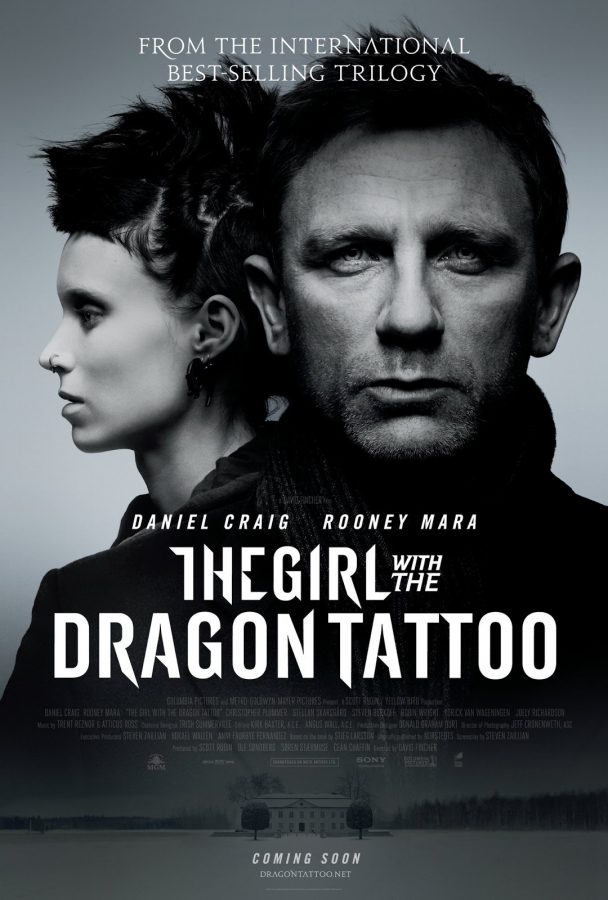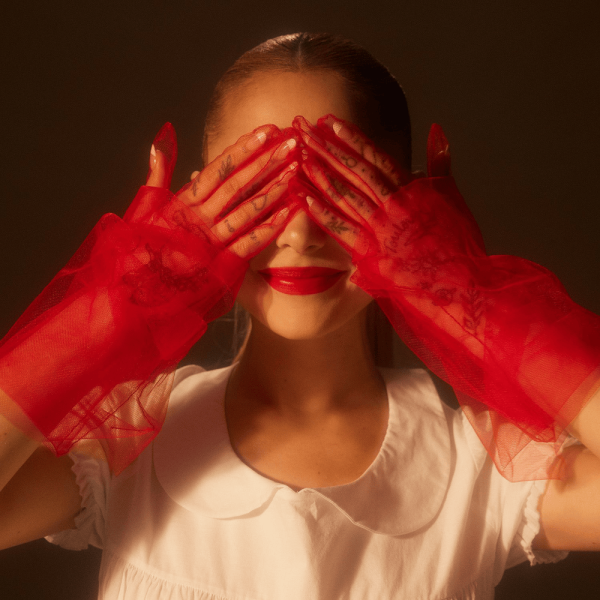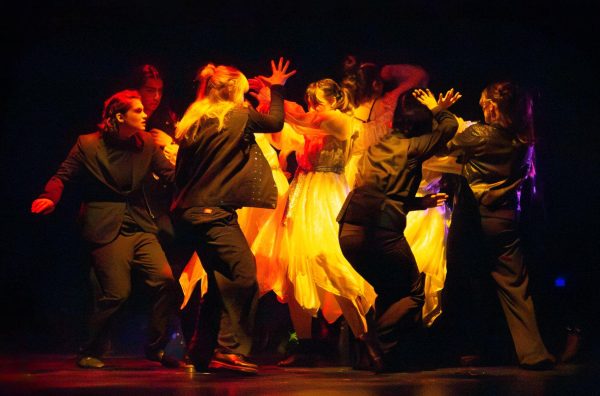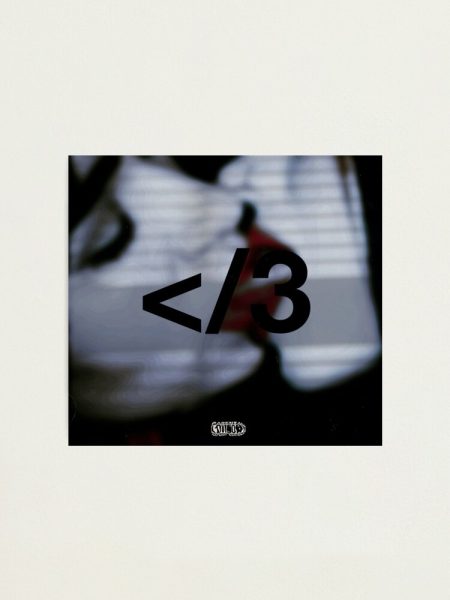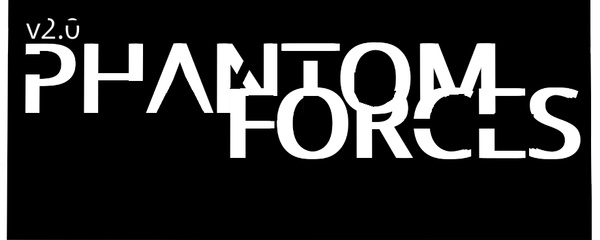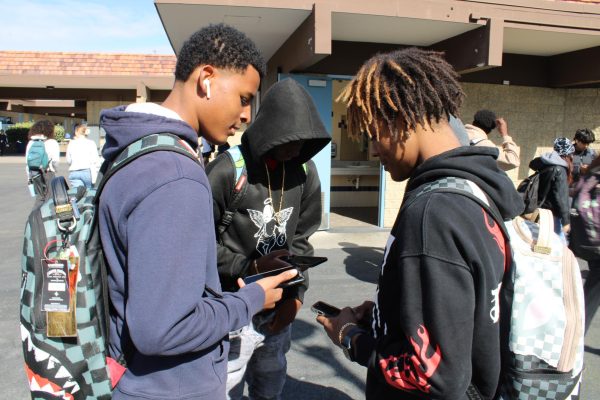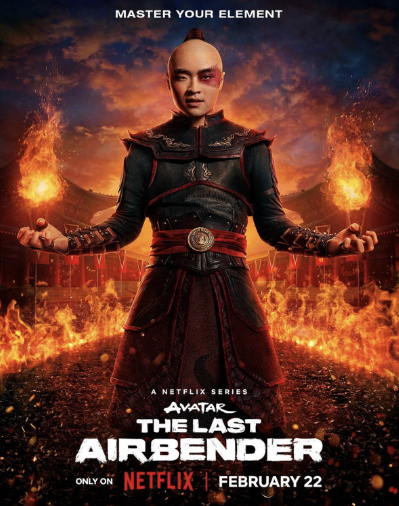Behind the Girl with the Dragon Tattoo
February 20, 2019
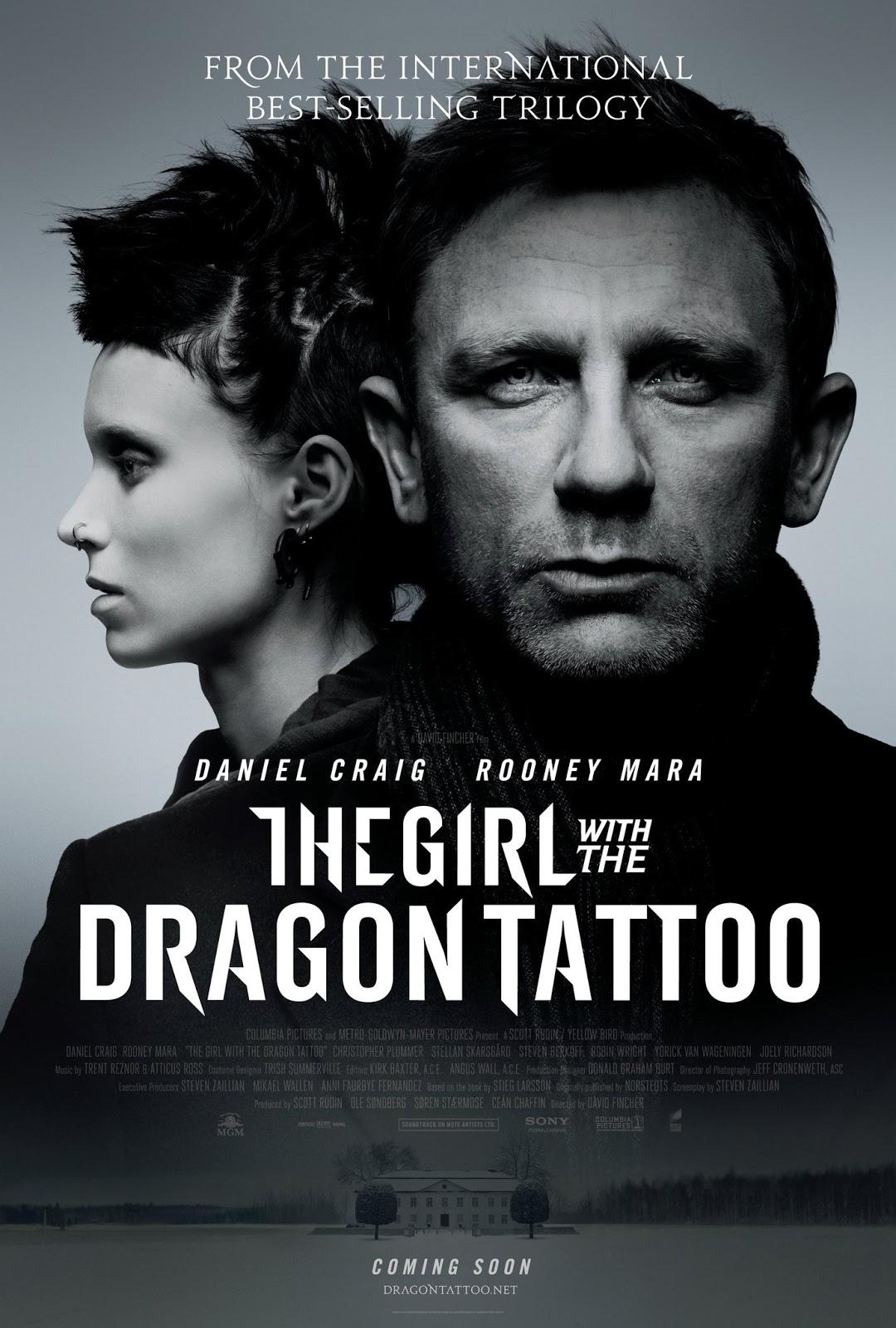
I was sitting in the car, bored out of my mind when I first stumbled upon Lisbeth Salander. As I was scrolling through Instagram, a post about tattoos in movies captured my attention. The lineup boasted the likes of Robert De Niro in Taxi Driver and Edward Norton in American History X. Among them was Rooney Mara, the actress that portrayed Salander in The Girl with the Dragon Tattoo, the first American installment of Stieg Larsson’s acclaimed series, Millenium. She instantly captured my attention. Her back was facing the camera, slender like a reptile. Wiry black hair stuck out in different directions within the frame, and her pierced face stole a glance from behind her shoulder, grimacing. The pose was meant to show off the main attraction: a black dragon tattoo rearing its head on her left shoulder. Out of this ensemble of complex, dark, cynical male characters, the most intriguing to me was Lisbeth Salander.
Lisbeth Salander inhabits a dark world of crime, unjust punishment and sexual violence. The centerpiece of Stieg Larsson’s Swedish Millenium series, Salander is a computer hacker and ward of the state. She was institutionalized at the age of twelve, and was placed under guardianship by the government, where she suffered an unprecedented amount of sexual, physical and mental abuse. Nevertheless, Lisbeth Salander is not a victim. Though she might come across as doll-like and frail, she possesses a photographic memory and is one of the top computer hackers in the country. Together with her partner in crime, Larsson’s alter-ego Mikael Blomkvist, she engages in battles against her many enemies to defend her morals and principles. As Blomkvist correctly assumes, Salander possesses a special hatred for crimes committed against women, which is the primary focus of the series.
In today’s society, where more and more women are beginning to come out about their personal experiences with sexual violence, a character like Salander can be quite significant. No matter how fantastical Larsson’s world and its inhabitants might come across, it seems fiction is slowly turning into our reality. It’s hard to see the light in this world: sometimes it seems the only way to address sexual misconduct in industries, especially film, is to organize a mass movement; many people in high positions of power, including our sitting president, have allegedly sexually harassed other women. Stories like that of Lisbeth Salander suddenly take on a new light. Even though the story was written in the early 2000s Sweden, somehow it’s more prevalent in 2019.
Salander, despite the fact that all the odds are stacked against her, is a character who can hold her own. She shields herself behind an impenetrable wall. Scarred from being locked up in the psychiatric ward, she refuses to ever speak to the police, and instead takes matters into her own hands. She keeps this vow even when she was raped by her guardian, which she recorded on a hidden camera. Her guardian, knowing he was in a position of power and that no one would listen to her given her background and appearance, took advantage of her. Nevertheless, Salander uses her resources and her intelligence to protect herself and, most importantly, bring herself justice.
In Larsson’s world, the government, the police and the media have failed to protect women and their rights. Throughout the books, Salander and other women are forced to tackle problems posed by her government’s lack of protection. However, the obstacles she faces in the books are not so different from reality. Just one example can be seen in the struggles faced by women in Hollywood, who hesitate to charge their abusers, men like Harvey Weinstein, out of fear of losing employment or even being blacklisted. In our world, women suffer sexual violence and are often failed to be brought to justice, their place in society is considered lower than that of men and they are denied certain fundamental rights. Women are still paid less than their male coworkers; included in a New York Times article, a Pew Research Center Report found that women earned 82 percent of their male coworkers made. Certain politicians, including Vice President Mike Pence, are staunchly against women’s reproductive rights; there are legitimate concerns over the possible overturning of the Roe v. Wade decision; and women are often not taken seriously, even when they are in a position of power. There indeed is something to be learned about these novels, no matter how eccentric or far fetched they might seem. Lisbeth Salander is a flower growing in the shadows, and she deserves to be brought out into the light.
Different from the Bella Swan’s of popularized fiction, Salander poses a reimagining of the classic heroine with a sharp wit and beauty that has become so familiar in our culture. In fact, Salander is openly defiant of what we’ve come to know as classic social norms. She has tattoos and piercings all over her face and her hair is chopped up, symbolizing her refusal to conform. In addition, she abides by a personal set of morals and principles that don’t necessarily align with that of society. This is a result of being raised from a young age in an environment that denied her basic civil rights. Instead of being dependant on a male romantic counterpart, which arguably could be Blomkvist, Salander re-establishes her independence time and time again. She’s a fresh face in a sea of demeaning stereotypes that have been used to continue the oppression of women, oppression from which movements like #MeToo have been born. If women had their own James Bond, perhaps they might have a different impression of themselves in the media, affecting how they view themselves in real life.
Lisbeth Salander left a very big impression on me. She is an underdog, a real character with weaknesses and strengths. There isn’t enough representation of women similar to this in the media. Salander made me see myself in a different light and comforted me in a way I didn’t know I needed. She reshaped my impression of beauty, of bravery, of intelligence. Suddenly I saw myself as Agent 007, solving the crime and bringing the criminal to justice. I felt the slightest twinge of hope that our generation could do something to change the image of women in our culture. I saw a different possibility for the future, one only imagined before. That’s why it’s a shame I can’t discuss a Girl with the Dragon Tattoo with my friends, for not enough people have read the books or seen the movie, either dissuaded by their graphic nature or the lack of popularity.
Everyone needs to know Salander, to learn that you don’t have to conform to the rules society has set out for you; you can fight back.


